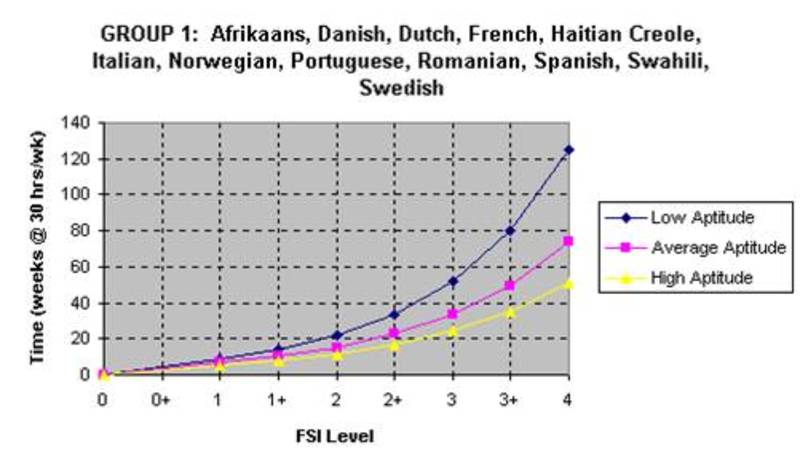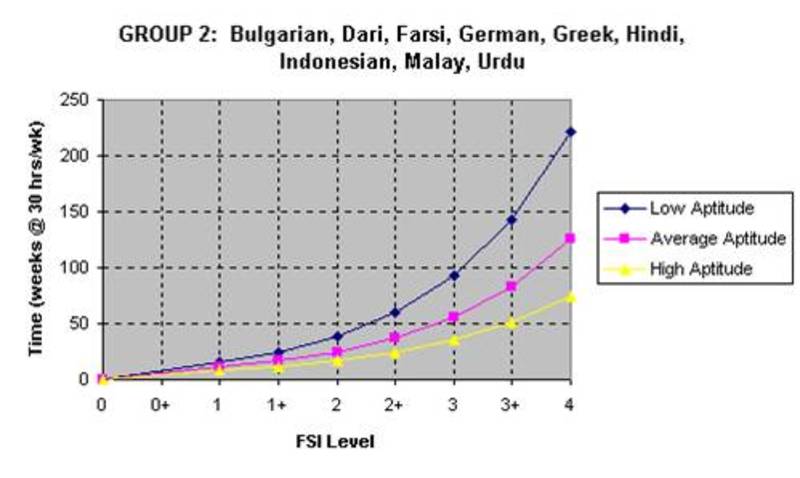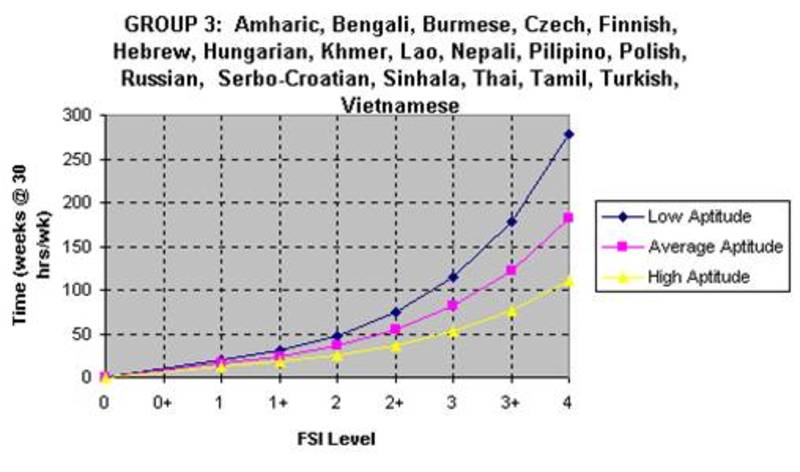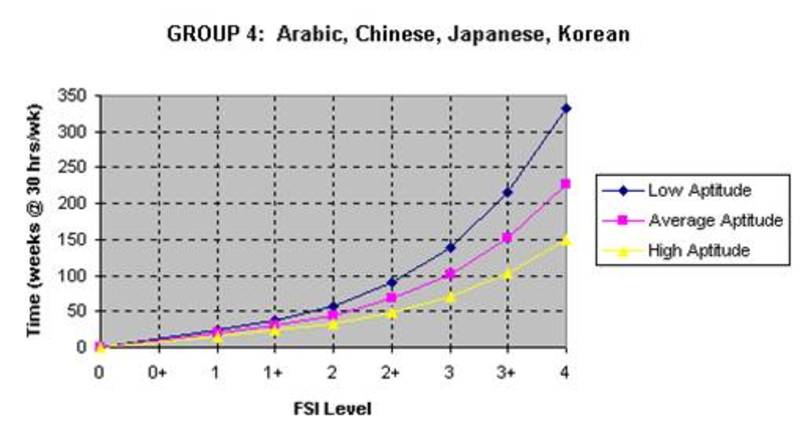Since I’ve been in China for 28 years,* and speak Chinese reasonably well, I am often asked two questions (by foreigners), neither of which have easy answers.
One is “are you fluent?”
My response is usually “fluent enough to get myself into and out of trouble.”
The second question is even harder: “how long did it take you to learn Chinese?” It’s a tough question, because it assumes that the words “learn” and “Chinese” are easily defined. Unfortunately they are not.
I usually respond that even though I started “learning” Chinese 22 years ago, I don’t yet consider myself to have “learned” Chinese,
When I do training/orientation sessions for newcomers to China, I get a generic version of that question, namely “how long does it take to learn Chinese.” This question is rooted in their enthusiasm and eagerness to learn Chinese, something I love about newbies. Most have visions of becoming functional (if not fluent) in a relatively short period of time.
The trick in responding to such a question is to do it in a way that doesn’t put a damper on all that enthusiasm, yet helps them be realistic about the immensity of the task.
One way to help set realistic expectations (and measure progress) is to use foreign language proficiency guidelines. For English speakers (in the US), there are two major sets of guidelines. One set is produced by the American Council on the Teaching of Foreign Languages (ACTFL Guidelines). The other set is produced by the Interagency Language Roundtable, and is used by the Foreign Service Institute, the arm of the US State Department that trains diplomats. It is also commonly referred to as the FSI scale.
The FSI Scale divides foreign language proficiency into 5 different levels, each with a sub-level (1+, 2+, etc). The five are identified as follows: 1 = elementary proficiency; 2 = limited working proficiency; 3 = professional working proficiency; 4 = full professional proficiency; and 5 = native or bilingual proficiency.
To help learners set realistic language learning goals, the FSI also classifies foreign languages according to how difficult they are for English speakers to learn. These charts (courtesy of SIL) indicate how long it normally takes for learners to reach the different FSI levels for different language groups. The three different lines on the charts represent learners with different aptitudes.




In other words a learner with average aptitude should plan to spend 50 weeks (@30 hours per week) to reach limited working proficiency level (2).
Again, I don’t post these to discourage any one learning Chinese but to help you set realistic expectations and goals.
Wherever you are in your language learning, I say JIAYOU! ()
What other methods do you have of setting realistic goals and measuring your progress?
* Originally posted at Outside-In on October 9, 2012
Image credit: Chinese Character Screenprinted Door Mat, by Charlotte Powell, via Flickr

Joann Pittman
Joann Pittman is Vice President of Partnership and China Engagement and editor of ZGBriefs. Prior to joining ChinaSource, Joann spent 28 years working in China, as an English teacher, language student, program director, and cross-cultural trainer for organizations and businesses engaged in China. She has also taught Chinese at the University …View Full Bio
Are you enjoying a cup of good coffee or fragrant tea while reading the latest ChinaSource post? Consider donating the cost of that “cuppa” to support our content so we can continue to serve you with the latest on Christianity in China.